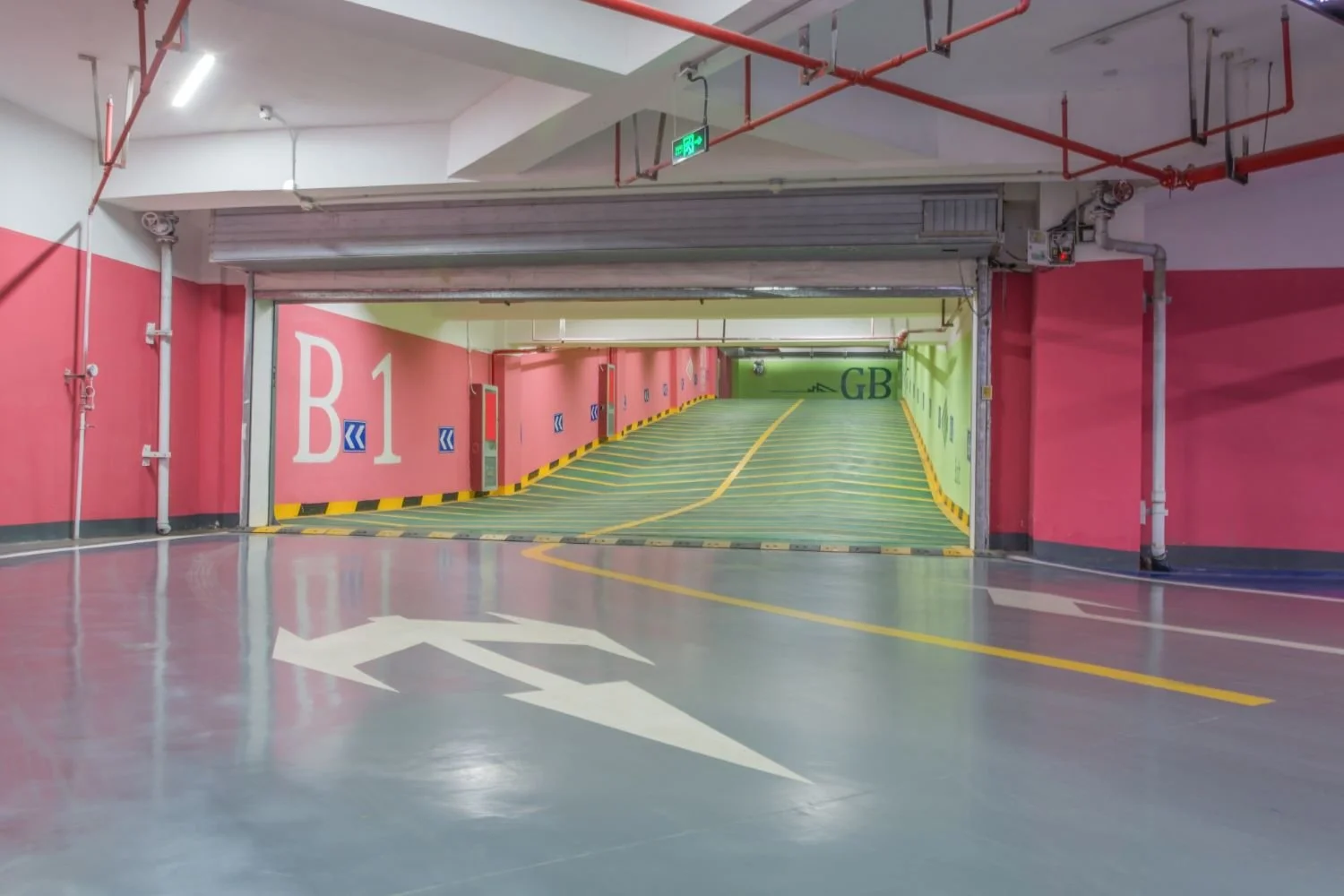9 Hacks to Complete Epoxy Application the Right Way
Consider applying an epoxy coating if you're tired of looking at your dirty and stained garage floor. Epoxy is a durable and long-lasting solution that will improve the look of your garage floor and protect it from spills, stains, and scratches. This article will provide a step-by-step guide on epoxy on a garage floor, including tips for a successful installation.
Firstly, before starting the installation process, you must find reputable epoxy garage floor installers. These professionals can help ensure that your garage floor is adequately prepared for the epoxy coating and the installation process correctly. Look for experienced contractors with a good reputation and positive reviews from previous clients.
Now, let's go through the steps for installing epoxy on your garage floor:
Clear Stuff from Your Garage Floor
The first step in installing an epoxy coating is to clear your garage floor completely. This includes removing everything from the floor, such as vehicles, tools, and other equipment. Ensure that the floor is empty before you start the installation process.
Ensure You Are Free from Moisture Issues
Before you start the installation process, you must ensure that your garage floor is not damp or has a moisture problem. You can perform a simple test by placing a small piece of plastic on the floor and sealing the edges with tape. If there is condensation under the plastic after 24 hours, then you have a moisture problem that needs to be addressed before applying the epoxy coating.
Dust and Dirt Removal Matters
Clean your garage floor thoroughly with a broom or vacuum cleaner to remove any dirt, dust, or debris. It's essential to have a clean surface before applying the epoxy coating.
Your Garage Floor Needs a Degrease
Oil and grease stains can prevent the epoxy from adhering correctly to the garage floor. Use a degreaser to remove any stains or spills on the floor. Let the degreaser sit for 30 minutes, then rinse the floor with water and let it dry completely.
A Final Check If the Floor Is Completely Clear
After degreasing the garage floor, ensure no residues or chemicals are left on the surface. Rinse the floor with water and let it dry completely before proceeding.
Etching the Entire Surface
Etching is crucial in preparing the garage floor for an epoxy coating. It involves using an etching solution to create a rough surface that allows the epoxy to adhere better. Follow the manufacturer's instructions for the etching solution, which typically involves mixing the solution with water and then applying it to the garage floor with a mop or brush. Let it sit for 15-20 minutes before rinsing it off with water and letting the floor dry completely.
Sanding Down Stains and Filling Cracks
Stains fill any cracks or holes in the garage floor with a crack filler or patching compound. Let the filler dry completely before sanding any rough spots or stains with sandpaper.
Epoxy Mixing is Important
The epoxy garage floor installers suggest following the manufacturer's instructions for mixing the epoxy. Typically, you'll need to mix the epoxy resin and hardener in a bucket and stir it for a specific time. Be sure to wear protective gloves and a respirator when mixing the epoxy.
It’s Time to Apply the Epoxy
Apply the mixed epoxy to the garage floor using a roller or a squeegee. Start at the back of the garage and work towards the front, applying the epoxy in sections. Be sure to spread the epoxy evenly and work quickly, as the epoxy will start to harden within 30 minutes. After applying the epoxy, let it cure for the recommended time, usually 24-72 hours, depending on the manufacturer's instructions. Call epoxy garage floor installers if you want to avoid DIY or not confident about it.
Tips That Epoxy Flooring Installers Highlight
Here are four tips for applying epoxy to a garage floor:
Wear Protective Gear
Epoxy is a strong chemical that can harm your skin and lungs. Hence, wearing protective gear such as gloves, respirators, and eye protection is essential during installation.
Use a Properly Ventilated Area
Make sure you have proper ventilation in your garage when applying the epoxy. Open all windows and doors and use fans to keep the air circulating. This will help to reduce the fumes and ensure that the epoxy cures properly.
Avoid Applying Epoxy in Humid or Cold Conditions
Epoxy needs to be applied in the right conditions to cure appropriately. Avoid installing epoxy in humid or cold conditions, as this can affect the adhesion and curing process.
Apply a Second Coat
If you want a thicker coating or added durability, consider applying a second coat of epoxy. Wait until the first coat is completely cured before applying the second coat.
Keep the Garage Floor Clean
Once the epoxy coating has cured, clean the garage floor by regularly sweeping and mopping it. Avoid harsh chemicals or abrasive cleaners, which can damage the epoxy coating.
Call for Professionals
Applying epoxy to a garage floor is a great way to enhance the look of your garage while also providing added protection against stains and scratches. By following the steps outlined in this article and using reputable epoxy garage floor installers from Zone Garage in OKC, you can achieve a successful installation and enjoy the benefits of a durable and long-lasting garage floor.


